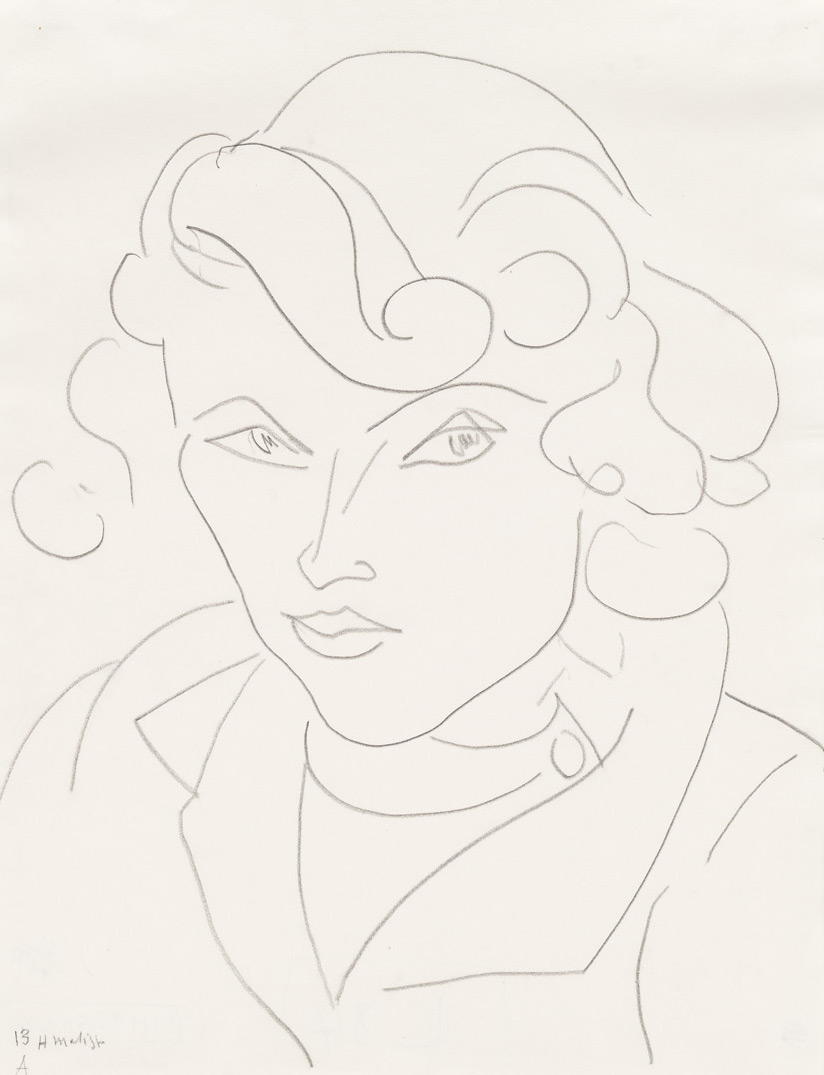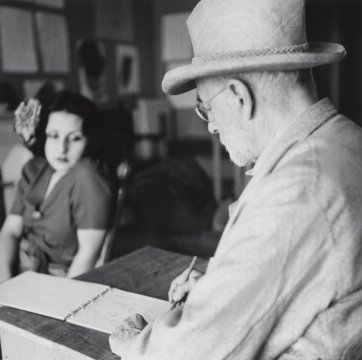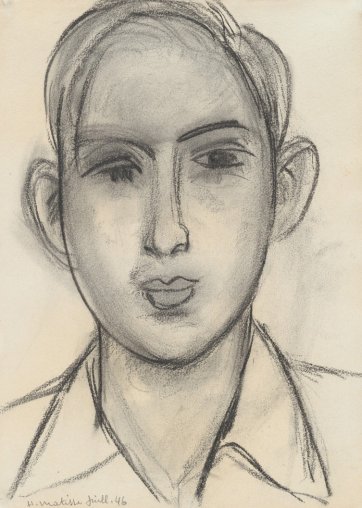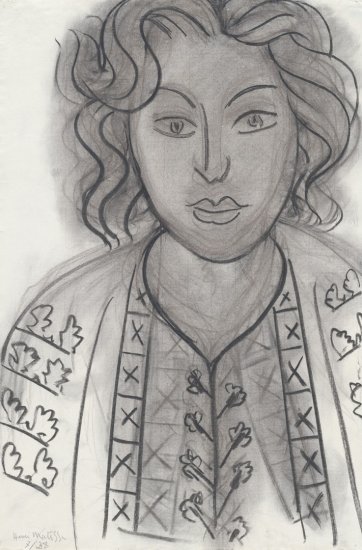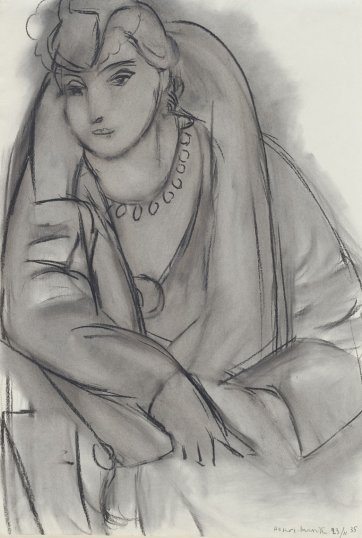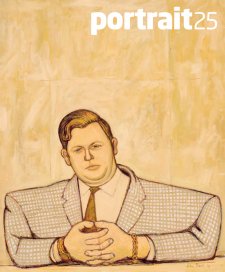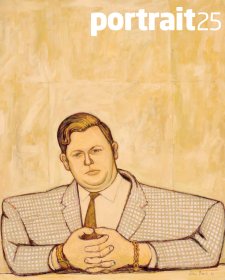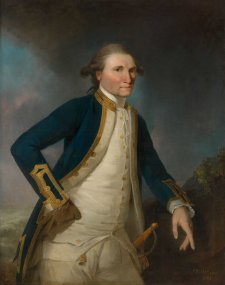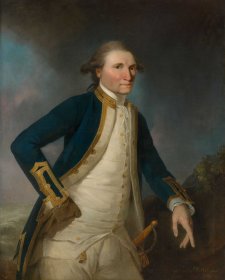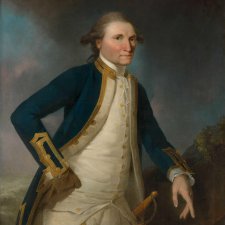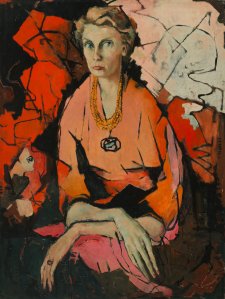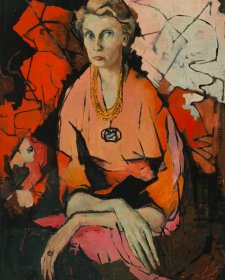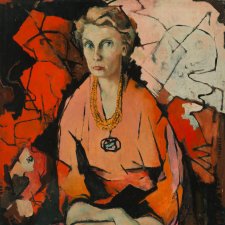The talented society portraitist of the late 19th century, John Singer Sargent, once described a portrait as ‘a likeness in which there is something wrong about the mouth.’ For Henri Matisse a portrait was an entirely different venture of expression and he considered drawing to be the most intimate means to this end.
Whether Matisse drew with charcoal, pencil or lithographic tusche, it was his view that drawing was the ‘purist’ and ‘most direct’ means of translation. Throughout his career, Matisse produced in drawing and printmaking some remarkable portraits and figure studies including depictions of a favourite model of the time, such as Lydia Delectorskaya and Annelies Nelck, or a family member including his grandson Paul Matisse.
Matisse described his method of capturing the essence of a sitter in his essay on portraits published in 1957 the year of his death:
I find myself before a person who interests me and, pencil or charcoal in my hand, I set down her appearance on the paper, more or less freely. After half-an-hour or an hour I am surprised to see an image that is a more or less precise likeness of the person with whom I am in contact gradually appear on my paper.
Then, after a certain interval, where Matisse underwent a kind of ‘unconscious mental fermentation’, the artist would have the sitter return to the studio to continue the process:
And thanks to this fermentation, in conformity with the impressions I received from my subject during the first sitting, I mentally reorganise my drawing with more certainty than there was in the result of the first contact.
The person’s attributes now has been absorbed and distilled within the artist, the drawing of the image then flowed from the brain to the hand, developing what was now in Matisse’s view:
The expression of the intimate exchange between the artist and his model. Drawings that contain all the subtleties of observations made during the work arise from a fermentation within, like bubbles in a pond. This method of working Matisse applied in the six-year period from 1936 to1942 when he made a series of pen and charcoal studies of female figures dressed in a richly embroidered Romanian blouse, which was owned by his model, secretary and later companion, Lydia Delectorskaya. The charcoal drawing of 1938 has Mme Delectorskaya modelling her own blouse. We can identify her as the model from the characteristic full lips, almond eyes with finely arched eyebrows, softened by curling light coloured locks of hair. The richly decorative costume drawn in charcoal, smudged and then drawn again, enhances the sitter’s physiognomy.
During the years 1941 to 1942 Matisse embarked on other concentrated programs of drawing completing 158 compositions which he arranged in thematic groups, known as Themes and variations. As the artist outlined in his account of his working methods on portraits, he usually began with a carefully charcoal study, followed by a sequence in fine lines, such as pencil. Matisse produced these drawings in an almost trance-like state, circling the model – aiming for the essence of the character and a refinement of presentation. In a letter to his daughter Marguerite Duthuit, he wrote: ‘for a year I have made a very considerable effort, one of the most important in my life. I have perfected my drawing and made surprising progress’, adding that the qualities he was searching for were ‘ease and sensibility, liberally expressed with a great variety of sensations and a minimum of means. It is like a flowering.’ Keen to continue Matisse was to produce a later sequence of Themes and variations executed in 1946 were of a favourite model of the time Dutch-born Annelies Nelck. Matisse reveals the power of a series of refined drawing of this chic young woman in the France of the 1940s.
Family portraits have also figured large in Matisse’s oeuvre. After the dark years of the war, the artist was particularly fond of portraying his grandchildren. It was a very personal means of getting to know the younger generation of his family. As a child of thirtenn years, Paul Matisse travelled from his home in America to France to see his grandfather in 1946. As the grandson later recalled in 1971, ‘I remember my surprise at his asking me to tell him about a movie, now forgotten, which I had recently seen. It struck me as a great waste of the time between us, but under the circumstances ... I complied.’
It was, however, a ruse on Matisse’s part, a means of observing and absorbing the essentials of his little grandson, bringing himself physically and emotionally closer to Paul, a family loved one whom he had not seen for sometime. It became an intense and intimate experience both for the artist and the sitter, resulting in a series of psychologically charged but understated drawings in charcoal and pencil. As Paul Matisse commented years after the experience:
In a short while he started to draw, and as I continued with my description, no doubt in very rusty French, I slowly began to realise what was going on between us. He was listening to form rather than content, a distinction I had never explicitly experienced before. He was looking with an intensity that would have robbed even the most brilliant discourse of meaning, and then suddenly I was free. I remember clearly the inner joy of discovering that we were coexisting on a level that was quite new to me. He was drawing away, complete unto himself, beaming out to me with his intense regards; he was a man living to the fullest immediate extent of his capacity, and I, with my silly movie story, was discovering meaning where I had never found it before. I too was momentarily swept up into an existence in which quality rather than quantity held the master place.
Matisse also used the face for other artistic purposes. In 1943 after several years of persuasion Matisse agreed to develop and artist’s book, Pasiphaé: Chant de Minos – by Henry de Montherlant, whose work the artist described as possessing ‘very rare literary quality.’ Montherlant’s Pasiphaé was a composite poem and drama loosely drawn from the ancient myth, where Pasiphaë, the wife of King Minos of Crete, fell in love with a white bull. In the classical tale, Pasiphaë disguised herself by changing from woman to animal so that the beast desired her. In Montherlant’s Pasiphaé, the emphasis is placed more on the passion, romance and light, rather than on revenge, bestiality and darkness of the ancient Greek and Latin tales.
For Pasiphaé, Matisse chose the relatively simple technique of linocut. This he did with startling success, for his forms were outlined in shimmering white from the gauged line set on a black inked surface, reiterating Montherlant’s theme of light in darkness, like the embracing figures who were ‘carried up to the stars’. As well as episodes relating directly to poetry included, Matisse prepared for the de-luxe edition a sequence depicting the metamorphosis of the hapless Pasiphaë, transformed by her passion from beauty to beast. For the tragic tale of the queen of Crete, Matisse created beautiful linear compositions in white on a black surface, where we observe the transformation from woman to animal.
On the death of his friend, the poet John-Antoine Nau, Matisse decided to pay homage to him by celebrating their mutual love of Martinique – ‘a waiting paradise’ in the words of the poet. For artist and poet alike, this country, set in the seas of the Caribbean, was a paradise populated with particularly beautiful women. For a proposed publication of Nau’s poetry, Matisse prepared a series of portraits of these women, wonderfully simple and sensuous in their appearance. As the project progressed, Matisse chose one youthful Caribbean model after another for inspiration for his art and to suit the poetic themes.
Having completed drawings for his venture with Nau in the years 1950 to 1953, Matisse died after only a few of his compositions had been transferred onto the stone. The book with its sequence of women’s faces was published posthumously by the lithographer Fernand Mourlot. The series has the understatement and refinement born of years of experience and reveal Matisse as a master draughtsman who was successful in his once stated desire to ‘reconceive in simplicity.’
